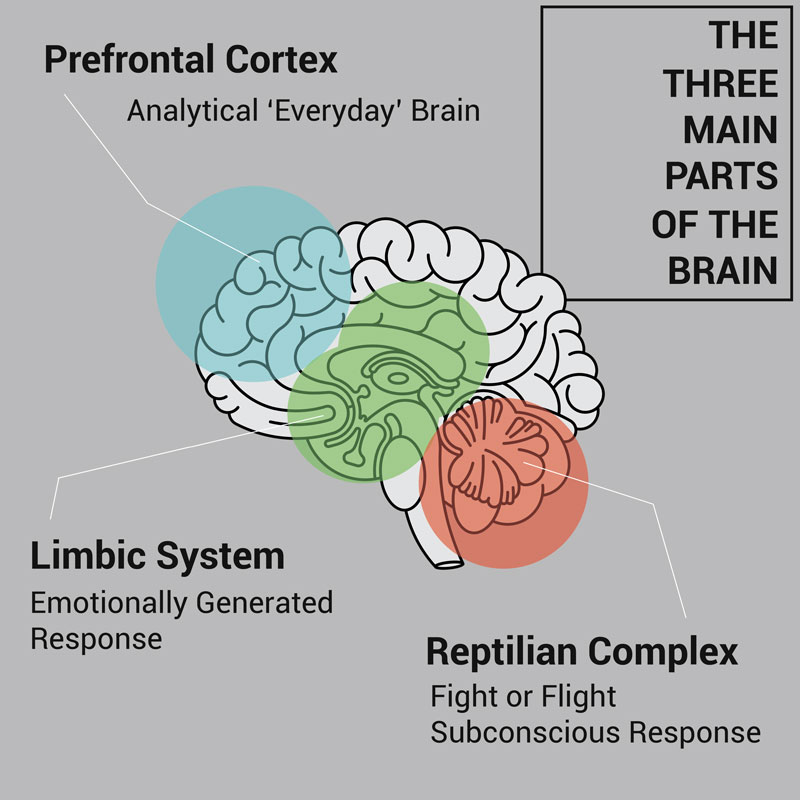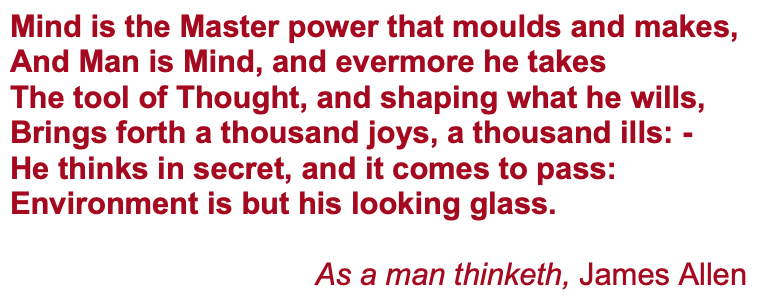Human 2.0 Could be Life at its Highest Potential

“As human beings, our greatness lies not so much in being able to remake the world – that is the myth of the atomic age – as in being able to remake ourselves.”
~ Mahatma Gandhi
What if we lived in a world where we were able to create and mold our current realities and physical matter to what we wanted? What if we could eliminate physical limitations and mental illness? These are not far-fetched questions. We’re already making tremendous strides with technology to rethink our capabilities with our body and mind.
We have developed technology and the ability to ‘edit’ ourselves to become illness-free, disease-free humans. As that happens, we are less distracted by physical and mental illnesses, turning our focus toward proactive health and wellness, using technology to journey into our body and mind to know more about our “inner” self.
Science Is Changing the Body
Over the course of the next few decades, advancing technologies like gene editing, 3-D bioprinting, and nanotechnology will continue the push toward rendering many diseases nonexistent. Current medical detection and treatment methods could become obsolete. It is entirely possible to envision becoming a human race free of many of the disabilities and diseases that are ubiquitous today.
- Science has made significant advancements in understanding how to edit and manipulate our genetics and the human DNA lifecycle.
- Biotech devices could manipulate and interrupt the neuro-patterns in our brain cells to eliminate pain and diagnose, prevent, and treat mental disorders such as attention-deficit/hyperactivity disorder, depression, and suicidal inclinations.
- Ethics issues aside, we already see gene-editing showing the potential to create human life that is resistant to diseases or certain genetic traits.
- Biotechnology advances like nanotechnology could enable us to embed non-invasive microchips into our bodies to monitor our health and kill lethal cells continually, and to integrate the resources we need to live optimally.
- Brain-computer interface (BCI) technological advancements could enable the mind to communicate with prosthetics, and even connect to orthotic exoskeletons that enhance strength and endurance.
These are not hypotheticals. Scientists have already made breakthroughs with lab-grown muscles that we can move like natural muscle tissue! And advances in biotechnologies like 3-D bioprinting and BCI promise a near future in which prosthetics are “actual” human body parts, grown from our own cells and with full functionality.
Tapping Into Our Mind Is Hard Work Now
Just as science has changed how we understand and manipulate the body, we are beginning to use technology to explore new regions of our brains, minds, and capacity as humans. The time has come: We have the capability to calculate how to land an object millions of miles away on a far-off planet at a precise location, yet our own mind remains very much a mystery.
As the boundaries between humans and technology blur, we are looking deeper inside ourselves. Techniques and practices in meditation, hypnosis, modern psychedelics, and mindfulness are enabling us to explore our innermost selves – our subconscious mind, but are limited because of the level of self-discipline and patience required.
Is There a Better Way to Tap Into Our Mind?
 Our brain is comprised of three main parts – the prefrontal cortex, limbic system, and reptilian brain. The prefrontal cortex is our analytical ‘everyday’ brain. The limbic system is where emotional responses are generated. Our reptilian brain is our ‘fight or flight’ subconscious brain – the place where our deepest answers exist. After the age of seven, reaching this area of the brain happens rarely – most often during the moments when we go in and out of sleep.
Our brain is comprised of three main parts – the prefrontal cortex, limbic system, and reptilian brain. The prefrontal cortex is our analytical ‘everyday’ brain. The limbic system is where emotional responses are generated. Our reptilian brain is our ‘fight or flight’ subconscious brain – the place where our deepest answers exist. After the age of seven, reaching this area of the brain happens rarely – most often during the moments when we go in and out of sleep.
As modern technologies advance and converge, we are finding new ways to tap into this subconscious mind. As we do, we see the tremendous potential that exists there. It is entirely likely that our capacity to harness these technologies will be the key to unlocking and expanding human potential. While the premise may seem unrealistic, keep in mind that we already see patients in medical experiments ‘miraculously healed’ by their belief that a drug would cure them – despite the fact (and even knowledge) that the ‘drug’ is a placebo.
It’s said that “The doctor only dresses our wounds, it’s our body that subconsciously heals itself.” How do some people ‘miraculously’ heal themselves through beliefs, faith, and the power of the mind? Our rational, analytical prefrontal cortex is quick to dismiss this possibility as crazy or ridiculous, despite proof. Perhaps, as the ancient philosophers postulated, all of the answers to our questions and problems “are within us.” We are able to tap into the unlimited potential of the subconscious mind to open us to new knowledge when we silence our everyday analytical brain. More and more of us are attempting to push past the “daily chatter of the analytical mind” through hypnosis, meditation, and other such methods. They show promise but require more self-discipline and time than many people possess.
What if we could give everyone the ability to tap into our subconscious brain instantly using technology?
Human 2.0 Is an Infant
As is the case with so much of how we learn about the world, what we’re discovering over time is that “biology isn’t this kind of mysterious unpredictable substrate; it just felt that way because we didn’t really have the tools to see what was going on.” Every day, we’re making advances in genetics, AI, neuroscience, quantum science, nanotechnology, and robotics. And yet, even these technologies are still in their infancy. As these technologies converge, we will see the true possibilities and capabilities for human potential 2.0. For example, we’ve developed the technology to measure brain waves but until recently, its uses have been limited. As AI and Machine Learning have converged, however, we have discovered the ability to “read” the human mind.
 Researchers at MIT, University of California, San Francisco, Carnegie Mellon, University of Toronto, and University of Kyoto are conducting experiments with mind-reading technology to understand how our minds work at the rational and subconscious levels. Giant social media companies (like Facebook), manufacturers (like Ford), and other major corporations (like Boeing) are experimenting with integrating mind-reading technology into products to increase capacity, reaction times, and augment and personalize customer experiences. Research is also underway to explore possibilities linking quantum computing and the human subconscious mind.
Researchers at MIT, University of California, San Francisco, Carnegie Mellon, University of Toronto, and University of Kyoto are conducting experiments with mind-reading technology to understand how our minds work at the rational and subconscious levels. Giant social media companies (like Facebook), manufacturers (like Ford), and other major corporations (like Boeing) are experimenting with integrating mind-reading technology into products to increase capacity, reaction times, and augment and personalize customer experiences. Research is also underway to explore possibilities linking quantum computing and the human subconscious mind.
As we uncover the hidden world of our subconscious mind, it’s reasonable to think we will be able to use technology to transport knowledge directly into our brain. Researchers are also working to understand how we can use the mind to manipulate matter. If the technology harnesses our human capacity, we could be able to create, modify, and erase perceived physical objects with our thinking. As we integrate these technologies and connect them with our minds, no doubt lines between virtual reality and the real world will blur. We may have the capacity to even mold and customize our virtual reality based on what we “think.”
These possibilities may sound sci-fi now, but they exist – albeit at a nascent stage. As they mature, we must consider how we will use the technologies and capabilities. For example, the United States military is spending significant sums on research focused on neuroscience manipulation technologies. The work raises ethical and humanitarian debates about the use of these technologies for purposes including warfare, human advancement, economic development, and more. We are asking fearful questions such as:
- Could the technology be used to download sensitive information from captured enemies/personnel on trial?
- Could this technology be used to create humans who have been manipulated to follow specific doctrines?
- Would we be able to manipulate the physical world of our enemies tapping into our mind?
But we’re also asking questions that reflect optimism about what’s possible through these new capabilities:
- Could these technologies be used to reduce scarcity in the world, where humans, through tapping into their minds, are able to create an abundance of resources?
- Would humans be able to live a better version of themselves – be able to select the positive characteristics and skills they want and delete the negative ones from their body?
- Could humans live free from worry about pain and illnesses?
It’s natural to wonder about the impact that these brain advancements will have on our society, industries, economy, and education. As leaders, we will have to reconsider questions like how and for what capacities we would hire employees. If skills can be downloaded to the brain, will we hire on emotional capacity? Certainly, what we value as hard and soft skills will change. Perhaps humans will become generic commodities into which we can upload whatever skills are needed directly into the brain. That may be an aggressive notion, but the questions are valid nonetheless.
Converging technologies, exploration of the deep subconscious mind, and a desire to push humanity forward all portend a future very different than the everyday reality we know. With technological advances and convergences, we should be open to the possibilities and capabilities of the next Human 2.0 so we can prepare to optimize for the changes that are coming.
Curious about how the workforce may continue to evolve in the future of work? Check out our guide, Navigating the Top 9 Future of Work Disruptors.
- Categories
- Workforce of the Future



 About the Authors
About the Authors